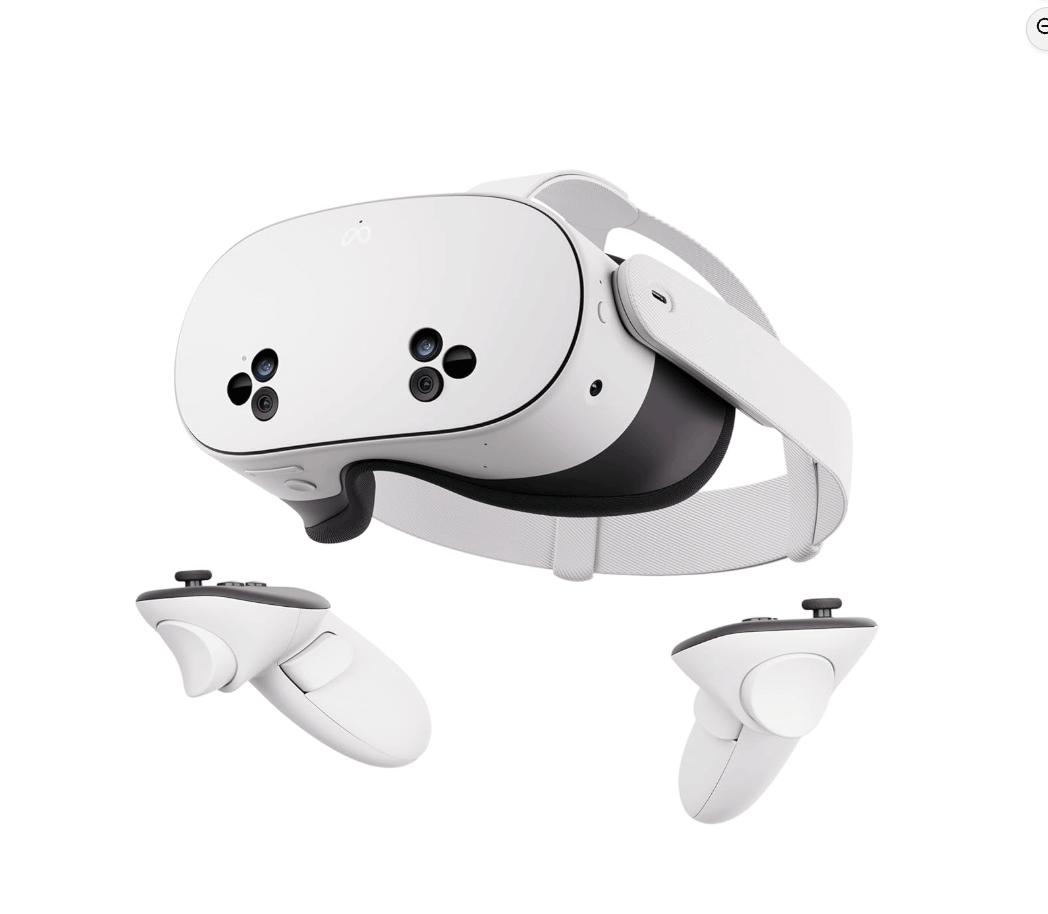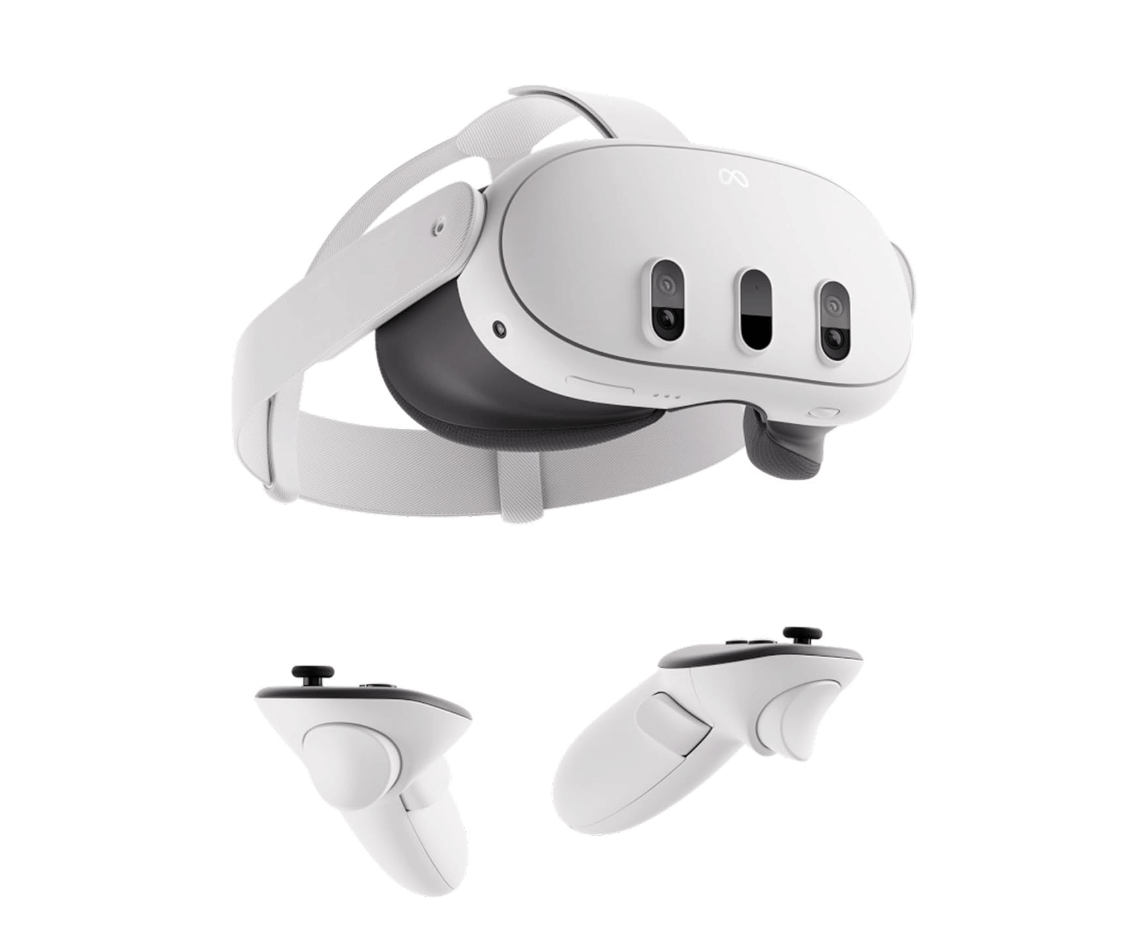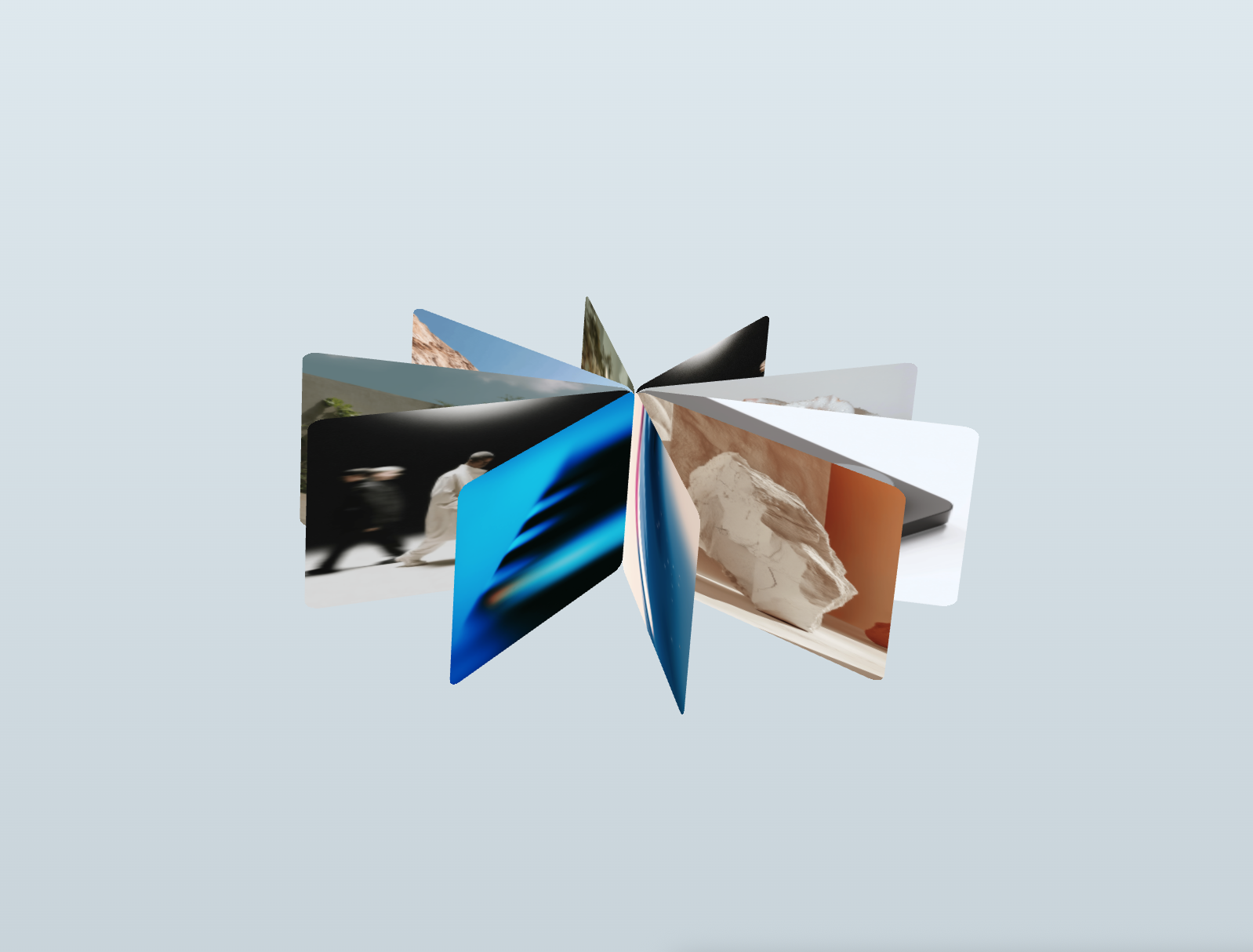Latest Marketplace Products
How Agencies Can Use 3D web to Deliver More Value to Their Clients with three.js

3D is Not Just Hype – It’s Storytelling
When done well, 3D on the web becomes more than just a technical gimmick or aesthetic flex. It becomes a storytelling medium.
3D elements create immersion – something traditional layouts can't easily do. When users interact with 3D, they engage longer, explore deeper, and remember more. That means better conversion rates, stronger impressions, and more excitement about your work.
In an internet landscape saturated with templates and minimalism, 3D offers something different. It creates emotion. It adds texture to the digital world. And for agencies, that's a major edge.
What Value Does 3D Add for Agencies?
3D is a tool, not a goal. Agencies that implement WebGL or Three.js elements are not just "making something cool." They're:
- Differentiating their proposals from the competition
- Commanding higher budgets with innovative solutions
- Giving clients a modern identity
- Offering next-gen UX that reflects tech-savvy branding
Clients are not buying code. They're buying confidence in your ability to tell their story better than their competitors. 3D is one of the strongest visual storytelling tools available to do that.
Real-World Use Cases Clients Pay For
Let’s be honest: you don’t need to build a full metaverse. Most clients don’t want that. What they need are specific enhancements to their product or brand presentation. Here's what that looks like:
1. Interactive Product Viewers
Think: eCommerce stores, tech brands, real estate, jewelry. When users can rotate, zoom, and explore a product in 3D, their connection to it grows.
A 3D viewer gives the sense of presence. It’s like holding the product before buying it. That translates to fewer returns and higher purchase confidence.
2. Hero Sections with 3D Animation
Imagine landing on a website and seeing the client's product or logo rotate gently in 3D, or an animation that responds to mouse movement. These subtle details make a big difference in brand perception.
A lightweight WebGL hero doesn't overwhelm loading time but massively upgrades first impressions.
3. 3D Carousels and Sliders
Move beyond flat sliders. A 3D carousel adds depth and interactivity. Perfect for:
- Portfolios
- Case studies
- Product categories
- Agency presentations
You can even integrate your brand theme, lighting, or motion triggers.
Example: 3D Carousel in React Three Fiber
4. Immersive Showrooms
With WebXR or light VR support, you can build mini-showrooms or walkthroughs. This is especially effective for architecture, museums, interior design, or any brand that benefits from a spatial context.
5. Scroll-based Storytelling (Scrollytelling)
Add parallax 3D scenes triggered by scroll. You can animate transitions between product features or create dynamic narratives that unfold as the user explores.
Start Simple: Use Ready-to-Use Components
Most agencies don’t have full in-house WebGL developers. That’s okay. You don’t need to start from scratch.
You can use ready-made 3D components for React (R3F), Vue, or Vanilla JS. These are designed to plug into your current stack without hassle.
Benefits:
- Save dev time
- Easily test ideas
- Avoid over-engineering
- Stay focused on design + narrative
- Using components lets you show off what’s possible without spending months learning shaders.
- What Clients Really Pay For
- Clients don’t care about Three.js or WebGL acronyms. They care about:
- Looking modern
- Creating engagement
- Telling a story
- Making more sales
If you can show their product in a way that feels cinematic, luxurious, or simply more real, you’re providing something highly valuable.
- Agencies can use 3D to:
- Elevate the brand experience
- Impress stakeholders
- Offer future-facing solutions
- Common Objections (and How to Answer Them)
“Is 3D too heavy for mobile?”
Not if you optimize. Many components are GPU-friendly and lazy-loaded. Modern phones handle 3D surprisingly well.
“Isn’t it too expensive?”You can start small. A 3D logo intro or a carousel might take a few hours. It shows innovation without high cost.
“Do we really need it?”Does your client want to stand out? Get longer engagement? Boost their image? 3D can help with all three.
SEO, Performance, and Practicality
You don’t need to sacrifice performance. Lazy-loading 3D sections, compressing assets, and using SSR (for example with React + Astro) can keep the website fast and SEO-healthy.
Tip: Use 3D sparingly, but strategically. Think of it like spice in cooking. One powerful element can define the whole dish.
- How to Pitch 3D to Clients
- If you’re in sales or strategy, here's how to introduce 3D without scaring clients with tech:
- Focus on emotion and results, not code
- Show real examples (even from the Marketplace)
- Speak about engagement, brand elevation, and innovation
- If you show a simple before/after with and without 3D, clients usually get excited.
- Final Thought: Your Next Project Could Be the One
- Adding 3D doesn’t mean changing your whole workflow. It means upgrading a few key moments:
- Hero section
- Product presentation
- Interactive navigation
These upgrades can win pitches, convert better, and leave a lasting impression.
Start experimenting. Use existing tools. Deliver wow moments. Your clients will love it – and so will your portfolio.
Explore Ready-to-Use 3D Components Built for Creative Agencies:


